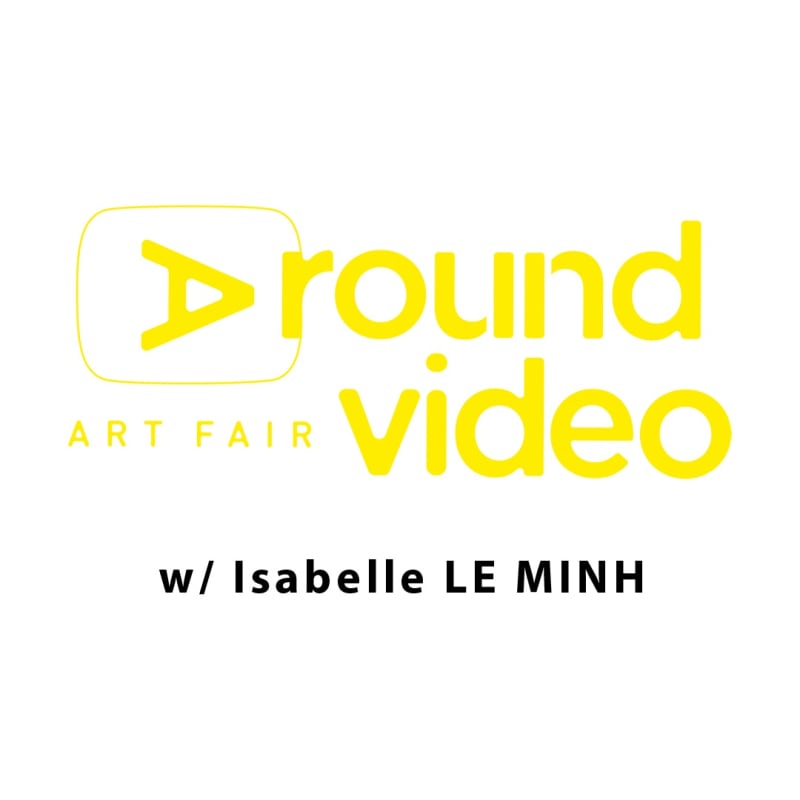Isabelle Le Minh
This is the artist, 2005-2008
Slideshow on DVD, 43’30
It’s a long time now that photography is part of our cultural practices, so that we tend to forget that the photographic pose obeys representation codes. These codes appeared in the middle of the nineteenth century during the vogue of photographic portraiture in the form of the carte-de-visite. In the photographer’s studio, some new accessories appeared and even cataloguess of gestures in order to help members of the bourgeoisie to choose the right way of posing in respect to their new social status. Thanks to this heritage, we do not need any more directories and we are all able to intuitively take the right pose in respect to the context and to the meaning we want to impart to an image, most of the time without even being aware of it.
While consulting a compilation of Gerhard Richter’s writings just after a monograph of Fabrizio Plessi, I have been struck by the similarity of the pictures chosen by these two artists when they are “in representation”. Therefore I formulated the working hypothesis that there might be some way of posing or being photographed peculiar to the artist. I then consulted all monographs and exhibition catalogues available in two specialized libraries and identified specific postures and recurrent accessories. I finally selected about one thousand pictures that I then classified. To some extend, this research was very instructive. I noticed for instance a real evolution in the way artists are represented throughout the twentieth century and in the way the authors of the photographs are cited. However, this taxonomic classification took rapidly an ironic twist, since the selected photographs are precisely clichés! (*)
Compiled in the slide show, This is the artist ! the images are linked together on the base of visual analogies, introducing from time to time narrative elements and inviting the audience to make their own interpretations. It seems that childhood, doubles, mirrors and masks, or sleep are recurrent, which certainly can be interpreted as some kind of connivance between art and psychoanalysis. The fact that the artist merges visually with his artistic production can be explained by the fact that everyone expects him to fully identify himself with his work. But other findings are more surprising: for example no artist poses with 13 friends! And when a painter stands beside his abstract paintings, it seems that a mysterious rule requires that the number of canvasses on the photo is all the more high given the complexity of the painting. A more anecdotal conclusion would be that artists prefer brunettes and are found of cats, that Christo likes to point the finger, whereas Maria Lassnig adopts the most surprising poses. And finally, Fabrizio Plessi cannot help imitating Gerhard Richter.
(*) cliché is the French word for snapshot
Around Video Art Fait: w/ Isabelle LE MINH
1 - 3 October 2021

